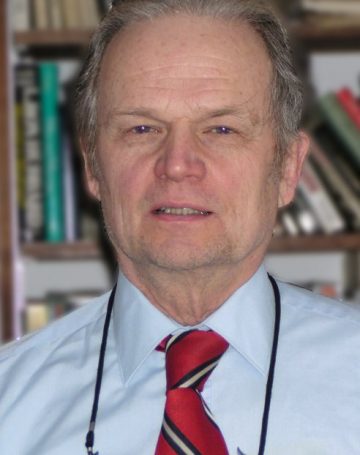Scientist Profile
Profile [Derived from many years worth of writings, presentations, videos]:
Growing up, Nick’s hero was Einstein (in addition to baseball great, Ted Williams). So when Nick entered Harvard at 17 in 1959, he wanted to learn about the “greatest achievement in physics”, namely, Einstein’s Theory of Relativity. (Since Nick had only been able to achieve pinch hitter status in high school baseball, dreams of becoming another Ted Williams had been abandoned.)
In addition, Nick’s High School freshman math class had given him some confidence in his math skills. Briefly, Nick misunderstood his math teacher to say that “the world” didn’t know what the square root of minus one was. Anyway, since Nick soon had a week’s vacation and liked puzzle solving, he spent his vacation figuring out what the square root of minus one was and went on to figure out the basic rules of complex math and “imaginary” numbers. Before Nick could reveal his “discovery”, he learned that the square root of minus one was well known and what his teacher actually meant was that the class did not yet have the needed background to address that question. So Nick never showed his work and actually felt really stupid and “Yes”, Nick was indeed quite intellectually naïve at this point. However, a few years later, Nick saw a wall poster showing the history of math and the chart showed the discovery of the square root of minus numbers as one of math’s great achievements. So Nick was encouraged to analyze things for himself.
When, a Harvard physics course on special relativity discussed its “time dilation”, Nick automatically realized that “time dilation” had to be a “just observed” effect rather than a physical effect, otherwise, as the great Prof. Herbert Dingle put it, “special relativity … unavoidably requires that (clock) A works more slowly than (clock) B and (clock) B more slowly than (clock) A – which it requires no super-intelligence to see is impossible”. Years later Nick was stunned to learn that the physics community was claiming to explain physical clock rate changes in terms of special relativity’s “time dilation” as that instantly leads to an obvious contradiction. Even Einstein had previously admitted this 11 years after his original special relativity paper.
So the above realization launched a 50+ year campaign by Nick to show how to truly understand this flaw in special relativity and its profound implications that will shake ALL of “spacetime” physics and astronomy and cosmology. After several fruitless decades, Nick even developed a new technique for enlightening physics professors which recently has had the desired impact on individual physics professors in one-on-one interactions, but, to date, no impact in general. Nick graduated with a degree in physics from Harvard. Nick, since 2016, has been a director and officer (Secretary) of the worldwide, leading edge science organization, the John Chappell Natural Philosophy Society (CNPS). As an entrepreneur, Nick was the sole developer of TeacherWeb.com and WorkNotes.com for the first 10 years – the former was used by a cumulative total of over 500,000 teachers. More info on the prior paragraphs can be found in the articles listed below – best to read the 5 part series articles in number order.
Nick has his own YouTube channel called the Nick of Time.












